Price anchoring
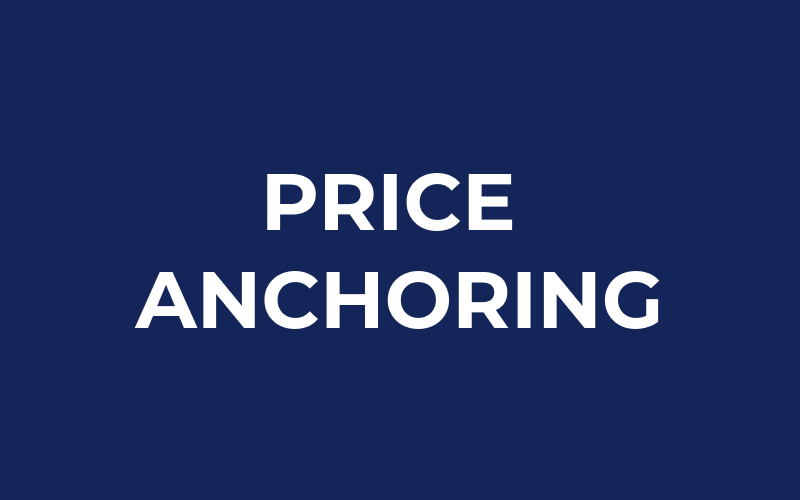
Price anchoring refers to the psychological phenomenon where consumers use an initial price as a reference point when making subsequent decisions. This can have a significant impact on their perception of the value of the product and influence their willingness to pay a certain price. For example, a retailer might advertise a high-end product at […]
Premium pricing

The concept of premium pricing refers to setting a high price for a product or service, in comparison to its competitors, to convey its high quality, exclusivity and uniqueness. Rolex is a good example of a brand practicing premium pricing Premium pricing in ecommerce and retail For e-commerce and retail businesses, this pricing strategy can […]
Pocket pricing
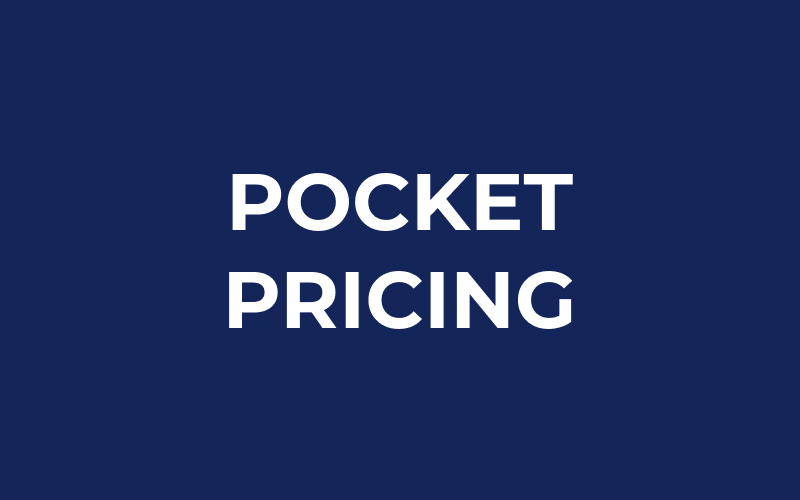
Pocket pricing refers to the pricing strategy used in retail and ecommerce businesses that is based on the idea that consumers are willing to pay more for a product if it is small and convenient enough to fit in their pocket. This concept is most commonly used for products like snacks, drinks, and personal care […]
Penetration pricing
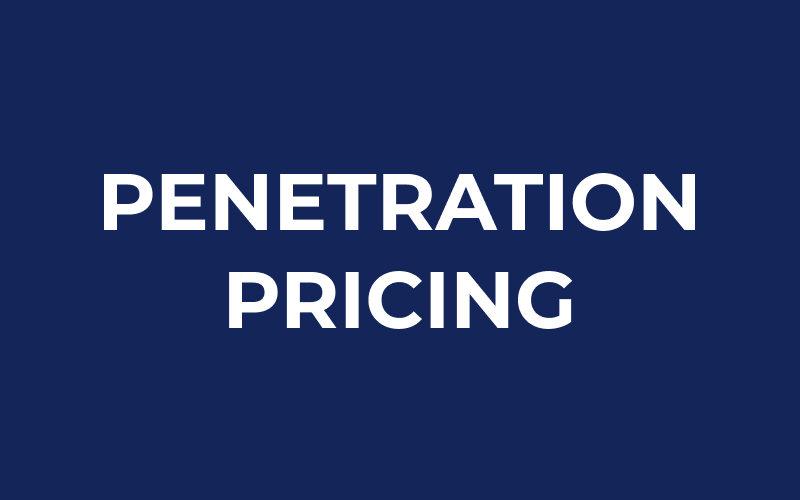
Penetration pricing is a common pricing strategy in ecommerce and retail businesses that aims to quickly gain a large market share by offering products or services at a lower price than competitors. This strategy is often used by new companies or businesses that are entering new markets, as a way to establish themselves and attract […]
Odd pricing
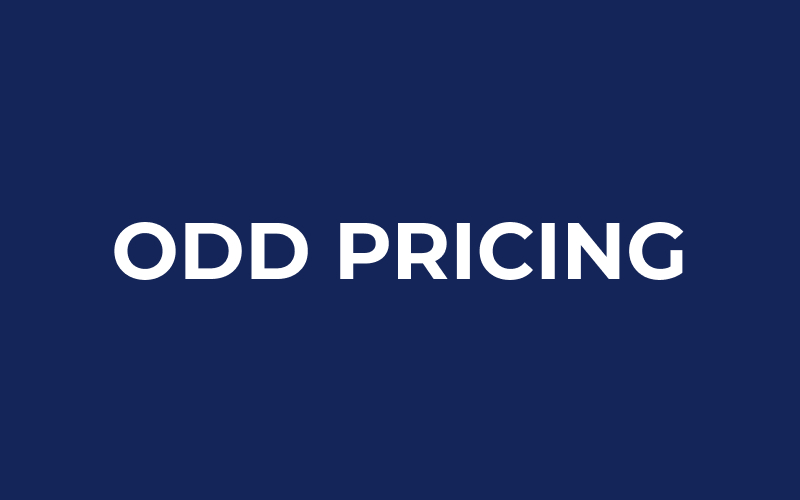
Odd pricing is a pricing technique that involves setting prices in odd numbers such as $0.99 or $1.97 instead of round numbers like $1 or $2. The goal of odd pricing is to make the product seem more appealing, as consumers tend to view odd prices as being cheaper or better value than even prices. […]
Nonlinear pricing
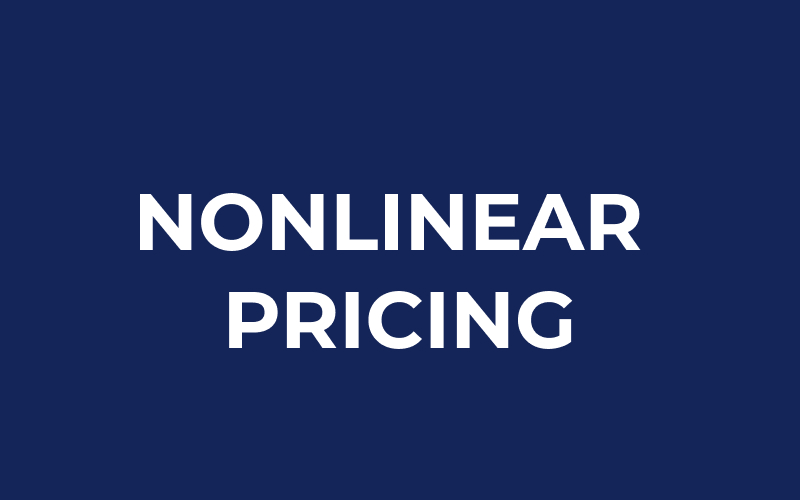
Nonlinear pricing is a strategy that takes into account a variety of factors beyond the cost of a product or service. These can include the customer’s willingness to pay, the value they place on the product, and the competition. The goal of non-linear pricing is to find the optimal price that maximizes revenue and profits […]
Minimum advertised pricing strategy

Minimum Advertised Pricing or MAP strategy is a pricing agreement between a manufacturer and its dealers or retailers. The manufacturer sets a minimum price that the dealer or retailer cannot advertise or sell the product for less than. This strategy is aimed at ensuring that the products are priced consistently across all channels, maintaining their brand […]
Markup pricing
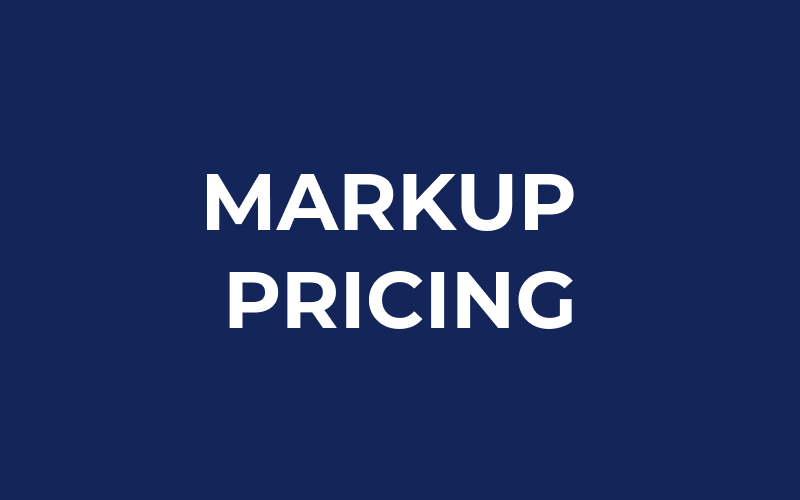
Is a pricing strategy that involves taking the cost of a product and adding a certain percentage on top of it to set the final selling price for a product. This method is used by many businesses as it provides a straightforward and predictable way of setting prices, and helps to cover costs and generate […]
Market pricing

For any business it is important to understand the market(s) it operates in and the prices of similar products in the market. This information helps retailers determine the optimal price for their products to stay competitive and attract customers. Market pricing is a strategy that involves setting the price of a product based on the […]
Markdown costs
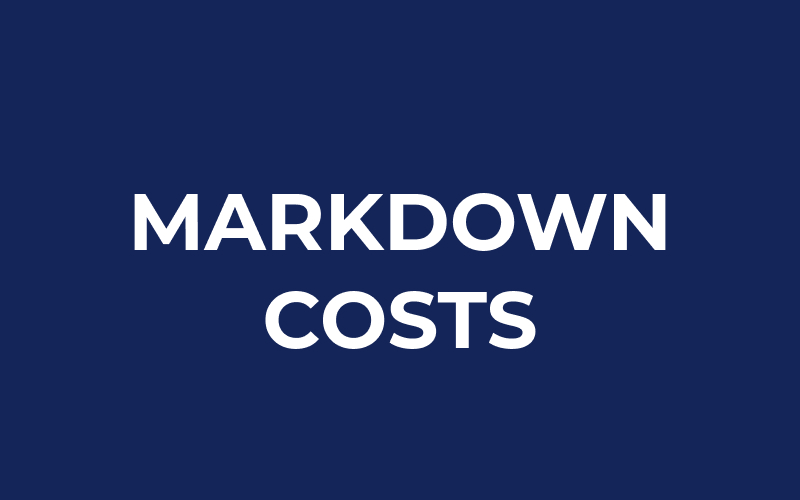
Markdown costs refer to the decrease in the original price of a product due to clearance sales, end-of-season promotions, and other discounts. In ecommerce and retail businesses, this pricing strategy is used to boost sales and clear out inventory. When retail businesses have excess inventory, they may choose to lower the price of these […]

